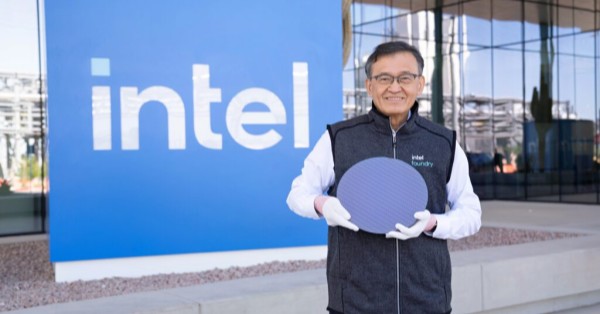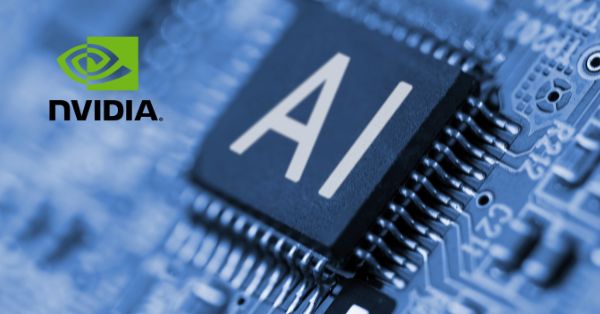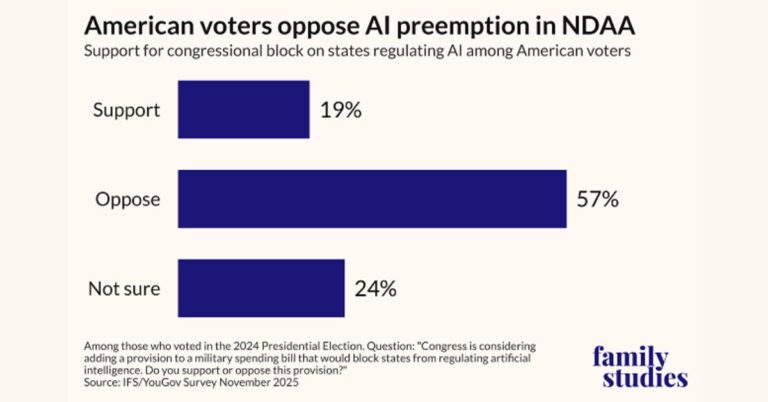Intel 18A explained: AI PC and data center breakthroughs
Intel detailed its first client and server products on the new 18A process, positioning the company for AI PCs and power‑efficient cloud at a time when onshore manufacturing and TCO matter more than ever.
Panther Lake on 18A: AI PC platform with up to 180 TOPS
Intel previewed Core Ultra series 3 “Panther Lake,” its first client SoC line on 18A, with a multi‑chiplet design that blends new performance and efficient cores with an upgraded Arc GPU and dedicated AI acceleration across the CPU, GPU, and NPU. According to Intel, the platform targets up to 180 platform TOPS for on‑device AI, up to 16 combined P‑cores and E‑cores with more than 50% CPU uplift versus the prior generation, and up to 12 Xe GPU cores with more than 50% graphics improvement. The company is aiming to ramp high‑volume production this year, ship the first SKU before year‑end, and reach broad availability in January 2026. Intel is also extending Panther Lake into edge use cases such as robotics via a new AI software suite and reference board.
Clearwater Forest (Xeon 6+): E‑core density for scale‑out
On the server side, Intel previewed “Clearwater Forest,” branded Xeon 6+, its next‑gen E‑core product built on 18A and targeted for launch in the first half of 2026. Intel cites configurations up to 288 E‑cores, a 17% IPC lift over the prior generation, and significant gains in density, throughput, and power efficiency—attributes aimed at hyperscalers, cloud providers, and telecom operators running scale‑out microservices, content delivery, and network functions.
18A at Fab 52: U.S. leading‑edge manufacturing and capacity
Intel positions 18A as a U.S.‑developed and manufactured 2‑nanometer‑class node with claimed improvements of up to 15% performance‑per‑watt and 30% density versus Intel 3. The node incorporates RibbonFET gate‑all‑around transistors and PowerVia backside power delivery, and leverages Foveros 3D packaging for chiplet integration. Arizona’s new Fab 52 is now operational and slated for high‑volume 18A production later this year, expanding domestic capacity for Intel’s own products and foundry customers.
Implications for telecom, edge computing, and enterprise IT
The move to 18A affects device strategy at the edge, infrastructure design in the core, and supply‑chain risk management for critical national networks.
AI PCs as edge inference nodes to reduce latency and cost
For field operations, retail branches, and frontline environments, Panther Lake’s on‑device AI headroom can shift portions of inference from the cloud to the endpoint—reducing latency, bandwidth costs, and exposure of sensitive data. Telecom and managed service providers should reassess client‑edge architectures for copilots, computer vision, speech intelligence, and assistive workflows where NPUs can sustainably carry the load and free CPU/GPU resources.
RAN, core, and MEC: tuning efficiency with E‑cores and accelerators
In the network, Xeon 6+’s E‑core density maps to control‑plane microservices, service meshes, stateless functions, and I/O‑bound workloads typical in 5G core, UPF, and MEC, while power efficiency helps operators stay within energy and space envelopes. For vRAN/O‑RAN, watch how the platform aligns with accelerator options and software stacks; E‑core designs can excel in signaling and orchestration tiers, with specialized accelerators or P‑core SKUs reserved for DSP‑heavy baseband processing where required.
Onshoring and supply resilience as procurement criteria
With 18A developed and manufactured in the U.S. and capacity ramping in Arizona, Intel adds a supply‑chain diversification lever for regulated sectors. Operators pursuing sovereign cloud, critical infrastructure compliance, or CHIPS‑aligned sourcing can weigh onshore leading‑edge availability alongside performance, cost, and power.
Competitive landscape: AI silicon race in client and servers
Panther Lake and Xeon 6+ land in highly contested client and data center markets dominated by AI performance and TCO metrics.
Client AI: xPU balance vs. Arm and x86 for on‑device inference
Intel is matching industry momentum toward balanced xPU designs, where NPUs carry sustained AI inference and GPUs address bursty or graphics‑heavy tasks. The company’s platform‑TOPS positioning competes with the latest AI PCs from Arm‑based Windows offerings and x86 peers, where NPU capacity, battery life, and software offload quality define user experience for on‑device copilots and media AI. Enterprises should benchmark real application latency, battery impact, and manageability rather than raw TOPS alone.
Server strategy: E‑core scale with GPU/accelerator offload
Clearwater Forest targets scale‑out efficiency and per‑rack density, complementing GPU or AI accelerator pools used for inference and training. The calculus for cloud and telco architects becomes workload placement: run stateless services and certain network functions on E‑cores, keep vector‑ or matrix‑heavy tasks on accelerator nodes, and interconnect with high‑bandwidth fabrics. Evaluate how memory bandwidth, I/O (PCIe/CXL), and power caps shape rack‑level throughput.
Key risks, timelines, and ecosystem readiness
Execution on process technology, product timing, and software readiness will determine how quickly operators can adopt 18A platforms.
Process ramp, yields, and availability at Fab 52
Yields, binning, and supply ramp at Fab 52 will be scrutinized, especially given the planned cadence—initial Panther Lake shipments this year with broader availability in January 2026 and Xeon 6+ in the first half of 2026. Build contingency plans for phased rollouts and multi‑vendor sourcing until volumes stabilize.
Software offload and ecosystem maturity across stacks
Real‑world gains hinge on driver maturity, ISV support for NPU offload, and orchestration integration across Windows, Linux, and edge stacks. For telco workloads, monitor readiness of vRAN, UPF, and MEC frameworks, and alignment with O‑RAN and 3GPP implementations, as well as telemetry hooks for fleet observability and policy control.
Next steps for enterprises and operators
Start structured evaluations that tie AI performance to operational savings, energy budgets, and supply‑chain resilience.
Guidance for CIOs and endpoint leaders
Pilot AI PC fleets with representative copilots, media, and vision workloads; compare NPU offload rates, QoE, and battery life against current devices. Define security and data governance for on‑device models, including model updates, provenance, and incident response.
Guidance for network and cloud architects
Model rack‑level TCO with E‑core density for microservices, CDN, and network functions, paired with accelerator nodes for AI. Validate platform telemetry, SR‑IOV/DPDK performance, and NUMA behavior under mixed workloads, and stress test power and thermal limits at 400G/800G network speeds.
Guidance for procurement and strategy teams
Incorporate onshore 18A availability, multi‑sourcing, and long‑term support into vendor scorecards. Structure contracts with performance‑per‑watt SLAs and software enablement milestones to de‑risk adoption timelines.








































